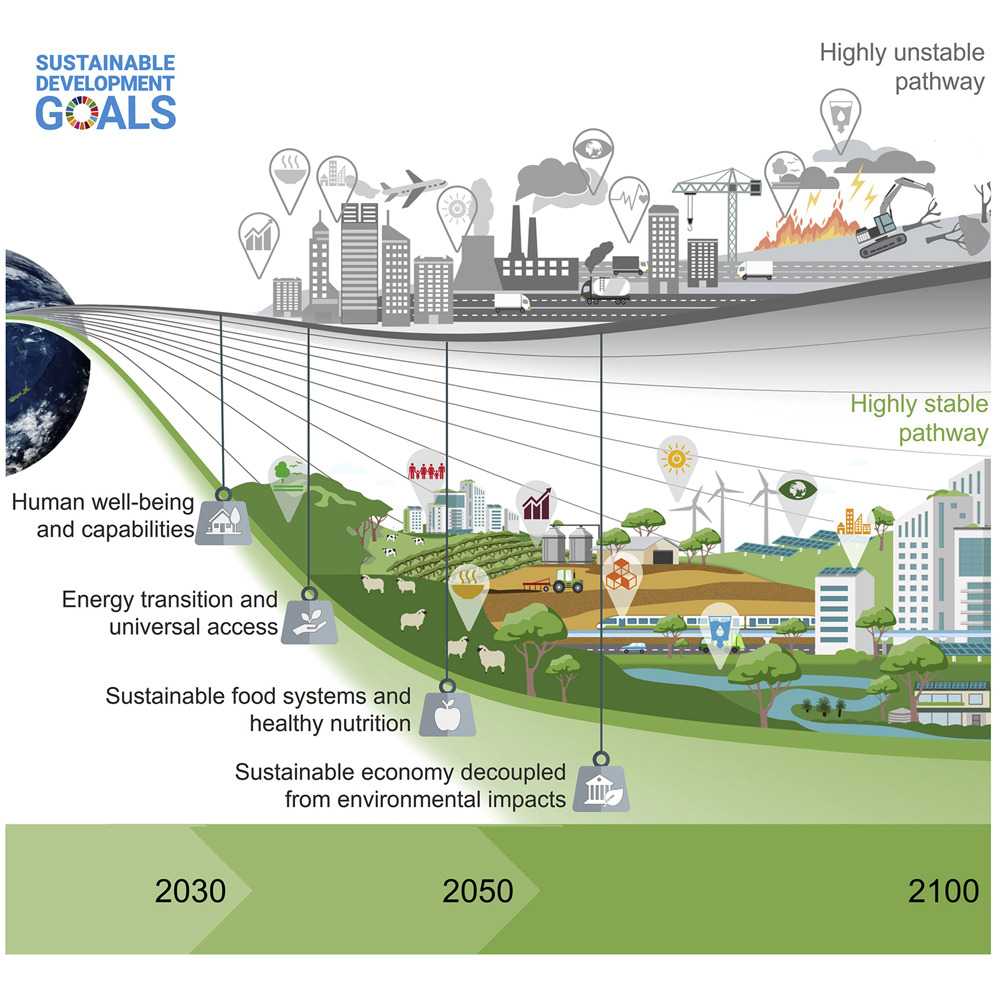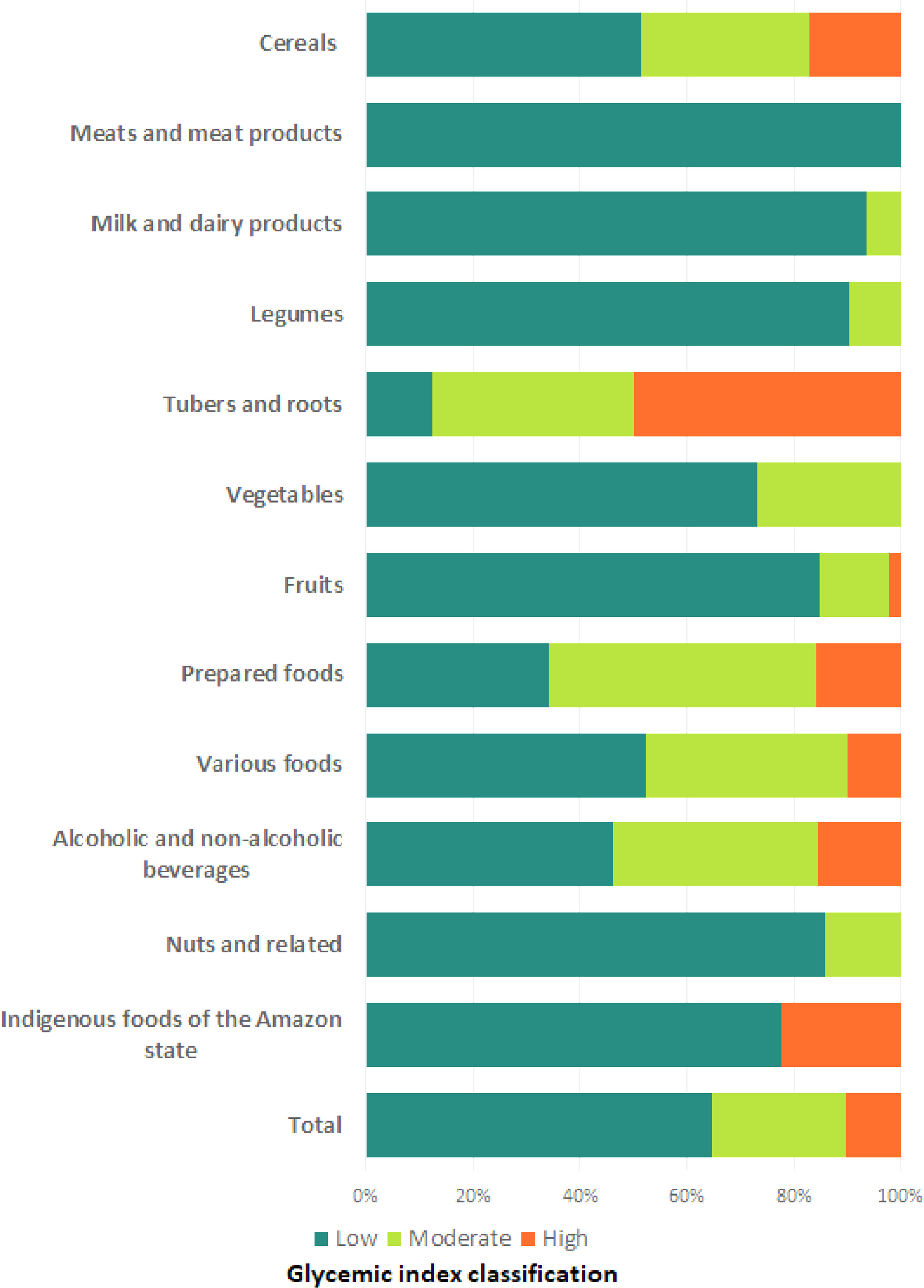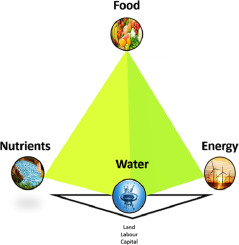Calculated emissions reductions possible through ecosystem restoration and shows they are insufficient to rely upon.
A discussion of the use of law to protect women against violence.
Indicate the importance of adopting longer-term timeframes and pathways to ensure that the necessary pre-conditions are in place for sustainability (including climate action) beyond the current 2030 Agenda.
Understanding the complexity in which Farmer-Based Organizations' (FBO) participation, empowerment, nutritional status, and food security are linked is critical in designing interventions that promote gender equality and improved nutrition.
Discussion of the addition of glycemic index values to a Venezuelan food composition database with the aim of providing a useful resource for research and clinical settings in the region.
An Article in support of SDG 3, showing that in a sample of hospitalised people contributing data to the WHO Global Clinical Platform for COVID-19, HIV was an independent risk factor for both severe COVID-19 at admission and in-hospital mortality.
This Article supports SDGs 3 and 6, focusing on the effects of water, sanitation, and hygiene interventions on childhood diarrhoea in low and middle income countries. Their findings support the higher service levels called for under SDG 6.
This health policy supports SDGs 3 and 6, focusing on the neglected health issue of drowning. The paper discusses ways in which the issue can be framed to align with external priorities, particularly political contexts.
This chapter aligns with Goal 6: Clean water and sanitation and Goal 14: Life below water by aiming to critically review previous research on the presence of heavy metals, microplastics, and organic contaminants in urban waters and to synthesize the current knowledge of various urban water pollution sources.
Urban agriculture is booming. During case study Water-Energy-Food nexus research at urban farms, investigation indicated two types of ‘food’ to be relevant for urban agriculture.



